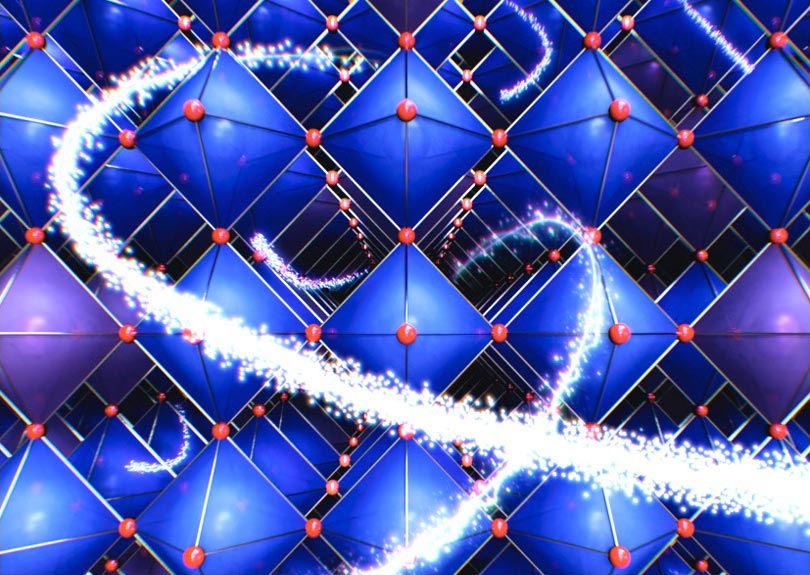Nanotechnology enables the design of a stable catalyst to produce hydrogen from sunlight
- Mateo Cardinal
- Oct 25, 2023
- 2 min read

Hydrogen, the lightest and most abundant element, has emerged as a key player in the global energy transition. It offers a clean and versatile solution, as long as it is obtained from renewable energy sources (so-called "green hydrogen"), such as sunlight. A team of researchers from the Polytechnic University of Catalonia (UPC) and the Catalan Institute of Nanoscience and Nanotechnology (ICN2) has designed an efficient and stable photocatalyst to produce hydrogen directly from sunlight. The results have been published in an article in the journal Nature Communications.
It has long been known that electrons in some semiconductors can participate in chemical reactions when illuminated by sunlight. This is the case with titanium dioxide, a cheap and harmless material that is widely used as a white pigment in paints, plastics, papers, inks and cosmetic products. The excited electrons in titanium dioxide are capable of generating hydrogen from the protons in water and organic compounds. However, hydrogen production is very low because the electrons tend to relax rather than react, so the efficiency of the process is too low from a practical point of view.
This limitation can be overcome by bringing titanium dioxide into contact with metal nanoparticles, which act as electron filters, extending the life of the electrons in an excited state, so that they can react and produce hydrogen. This technique allows achieving hundreds of times higher yields.
This study –led by Dr Lluís Soler and Prof. Jordi Llorca from the UPC's Institute of Energy Techniques and carried out in collaboration with members of the ICN2 Inorganic Nanoparticles Group (Dr Jana Oliveras, Dr Neus G. Bastús, and group leader Prof. Víctor F. Puntes)— takes a step forward in the study of sustainable production of hydrogen. The researchers deposited metal clusters (in a mechanochemical process) on titanium dioxide of various morphologies and found that the different exposed crystallographic faces of titanium dioxide play a key role in hydrogen production
The authors demonstrated that, when platinum clusters are deposited on octahedral titanium dioxide nanoparticles, a photocatalyst is obtained that produces higher quantities of hydrogen and, more importantly, is more stable than any other combination. The results of X-ray photoelectron spectroscopy were also compared with mechano-quantum calculations.
The outcomes of this research will enable the design of new catalysts for the efficient and sustainable production of green hydrogen. Work is already underway at the UPC's Specific Hydrogen Research Centre to put these results into practice. Reference Facet-engineered TiO2 drives photocatalytic activity and stability of supported noble metal clusters during H2 evolution
Yufen Chen, Lluís Soler, Claudio Cazorla, Jana Oliveras, Neus G. Bastús, Víctor F. Puntes & Jordi Llorca



























Comments